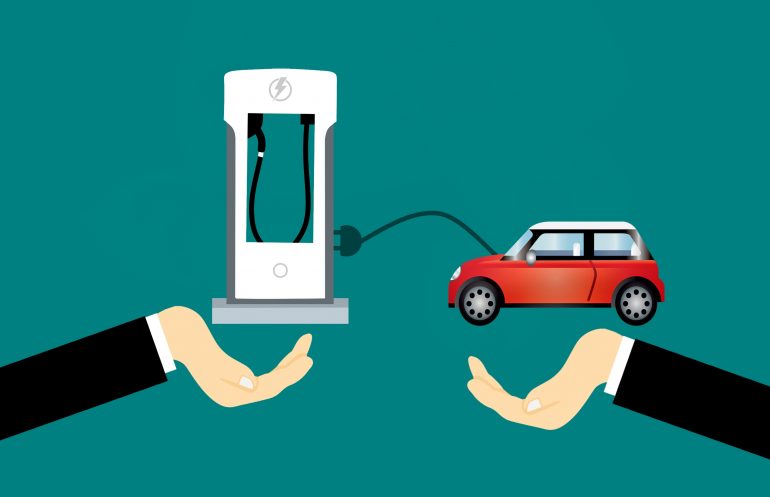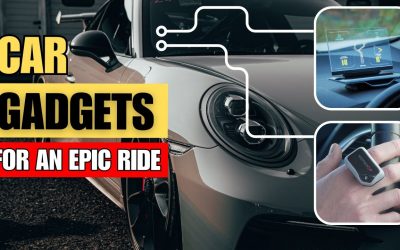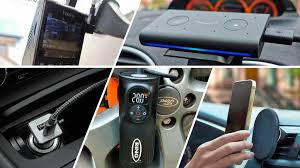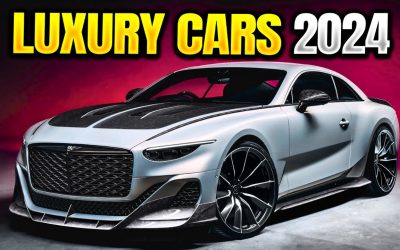Electric vehicles or EVs are those vehicles which run on electricity. They are equipped with a powerful battery pack which is connected to an electric motor.
Electricity is the fuel of electric cars and requires charging at regular intervals just like your mobile phone. The energy generated is used not only to thrust the vehicle but also to control other operations of the car such as light, climate control, tyre pressure monitoring system, wipers and several others.
Over the course of time, research and development wings of automobile companies have helped the electric technology evolve into a practical alternate to the conventional fuels like the petrol, diesel, ethanol, CNG and others. Their combinations gave rise to different types of electric vehicles. Here we list down the type and how they work.
Types of Electric Vehicles
Battery Electric Vehicles (BEV) or Pure Electric Vehicles

Running entirely on the charged battery, the Battery Electric Vehicle or pure electric vehicles are engine-free. Instead, combustion engine is replaced by electric motors and batteries, which can be charged from our normal charging socket. Since 100 per cent of the energy is derived from electricity, these vehicles emit zero tailpipe emission and cause no harm to the environment. Due to no engine, there is no engine noise either. With no fuel, fuel tank and exhaust pipes are omitted from them. These vehicles are super silent and offer super smooth driving experience. With only a single gear, the acceleration and deceleration is evenly managed in the vehicle. Moreover, unlike conventionally-fueled cars, electric cars have full throttle available right from the word go and hence, they are nippier.
This form of EV is operational since more than a century and it’s just that it has now become more affordable (not completely, though). The vehicle keeps getting charged on its own every time the brakes are applied. Termed as regenerative braking, this technique is of great assistance and can enhance the range of the vehicle by up to 16-20 kilometers. The full-range of such vehicle may go up to 160 km as well. The Mahindra e20 Plus (discontinued in March 2019) is an example of a pure electric vehicle.
Plug-in Hybrid Electric Vehicles (PHEV)

A plug-in hybrid electric vehicle involves a combustion engine and an electric motor. The battery size of a PHEV is smaller compared to the 100 per cent electric vehicles. Powered by a conventional fuel (mostly petrol) and a battery, the vehicle has to be ‘plugged-in’ to recharge the battery. Alternately, the battery is charged every time the vehicle slows down. Regenerative braking is a real boon when it comes to saving running costs on a PHEV.
Once the battery is depleted, the hybrid engine takes over from the electric motor and continues to propel the vehicle without hindering your journey.
Depending on the vehicle, the manufacturer may choose which of the two fuels – conventional and electric – he wishes to mark as a primary fuel. For instance, petrol is the primary fuel of the Toyota Prius while Mitsubishi Outlander PHEV favours the electric energy.
Extended-range Electric Vehicles (E-REV)
Range extenders or extended-range electric vehicles (E-REV) are nothing but a kind of plug-in vehicles. They draw power from three resources namely – plug-in battery, electric motor and internal combustion engine.
Here, unlike the Plug-in hybrid, the electric motor always focuses on moving the wheels while the conventional engine acts as a generator and recharges the battery whenever it discharges. There is an ICE which helps run the show. It gets into action when the battery runs out of power and runs a generator which in turn supplies power and recharges the battery.
Hybrid Electric Vehicles (HEVs)
The HEVs are equipped with a petrol engine and an electric motor. Unlike PHEVs, there is no need to recharge the batteries of hybrid electric vehicles. They get charged through the regenerative braking feature which charges the battery pack whenever brakes are applied.
The best thing about the HEVs is that the combustion engine is not used to start the vehicle. The complete electric energy which is available with full power is used to start the car. Once the car gains pace, the electric power is cut-off and petrol engine takes the control. Juggle between the two fuels is optimized by a small internal computer which automates and triggers the respective action basis the need of the vehicle at that very moment. Toyota Camry and Honda Civic Hybrid are prime examples of HEVs in India.
Fuel Cell Electric Vehicles (FHEV)
FHEV works without a conventional engine and utilizes electric motor charged by a chemical reaction between hydrogen and oxygen. These vehicles have a fuel cell stack which has stored hydrogen that reacts with the surrounding oxygen absorbed by these cells. Energy liberated in this chemical reaction is then used to recharge battery which then thrusts the wheels of the vehicle.
Just like the hybrid vehicles, the FHEVs also do not require electric charging. However, they have to have hydrogen to keep things going. Similar to any conventional fuel, you have to get it filled from a fuel station. There is simply zero harmful emission from these vehicles due to absence of a combustion engine.
Despite the advancement in technologies, the EVs largely fail to click in developing countries like India.
Among the major drawbacks of EVs are the initial cost of buying, lack of infrastructure and the prolong time taken to recharge batteries; it may take several hours before it’s fully charged.
Let’s see how long it takes EVs to reach commoners in this part of the world.
0





